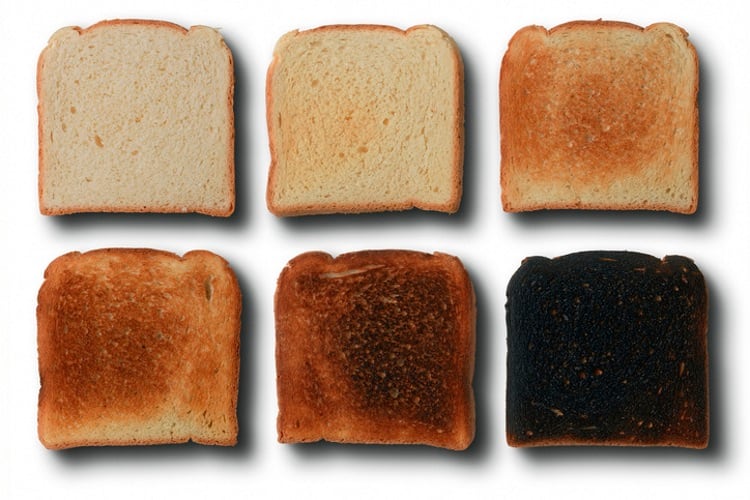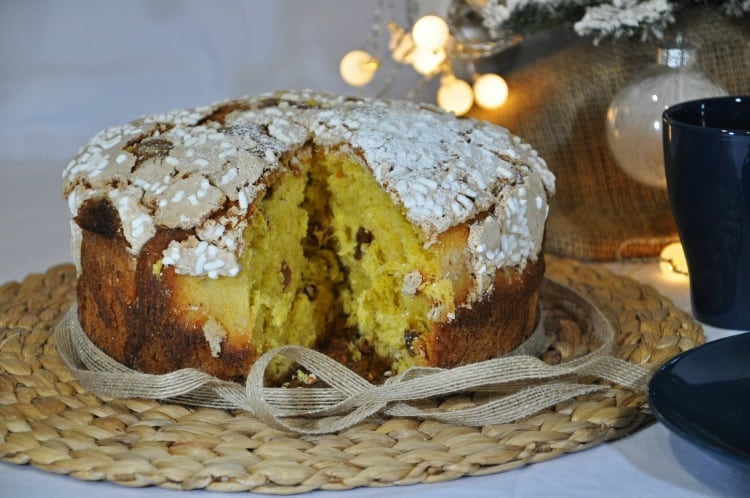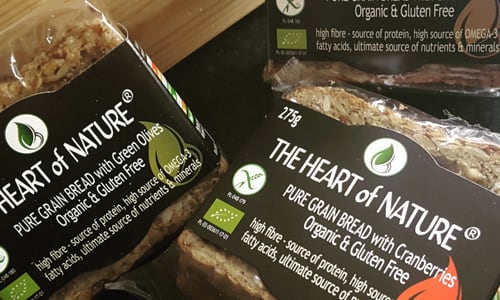A study published in the Journal of Agricultural and Food Chemistry found that the bread’s crust contains pronyl-lysine, an antioxidant that increases the activity of enzymes in the body linked to cancer prevention.
Researchers from the Institute of Human Nutrition and Food Science in Kiel, Germany, found the antioxidant was eight times more plentiful in the crust than in the other components of the bread: marginally in the bread’s crumb and not at all present in flour.
The formation of pronyl-lysine during baking is the result of the Maillard reaction – a chemical consequence from the heat (of the oven) between the amino acids and reducing sugars that creates a crunchy outer crust that is browner in color and more intensely flavored than the pillowy, pale crumb inside the bread.
The researchers tested the effect of pronyl-lysine on human intestinal cells and found that it is effective at raising the levels of phase II enzymes that, according to previous studies, are effective in preventing certain types of cancer.
Pronyl-lysine vs acrylamide
The amount of pronyl-lysine was found to be strongly influenced by the intensity of heat.
For example, the scientists found that, by increasing the baking time from 70 minutes to 210 minutes – or increasing the baking temperature from 220°C to 260°C – led to a 5- or 3-fold increase in the concentrations of this antioxidant.
On the downside, though, it is well known that prolonged intense heat increases the amount of acrylamide, which is associated with the increased risk of cancer.
Thankfully, the scientists found another way to increase the antioxidant load. They found that modifying the recipe to substituting 5% of the flour with the lysine-rich protein called casein or with 10% of glucose increased the amounts of the antioxidant by more than 200%.
Analyses of commercial bread samples collected from German bakeries revealed full grain bread had the highest amount of the antioxidant, followed by rye and wheat sourdough breads, while German pretzel only contained trace amounts.
The many benefits of melanoidins
Another type of antioxidant, called melanoidin, is also formed in the crust of bread during the Maillard reaction.
Melanoidins are responsible for the physical properties (colour, viscosity) and involved in organoleptic properties (that is, stabilizing flavor substances) in cooked and processed foods.
Many beneficial effects have been associated to these compounds, too, such as antioxidant, antimicrobial, anti-inflammatory, antihypertensive and prebiotic activities.
So, with all this evidence, it really is a crying shame to discard the crusts. In fact, cutting them off just wastes food.
Butt, outsider, skalk, kontje or crust: What people around the globe call the end slices
Will Quam, a Chicago-based theater teacher and bread lover, recently created a Reddit survey to find out what people around the world call the end pieces of a loaf of bread.
Over 1,400 people responded and the results were surprising: the pieces have a different name around the world.
The ‘heel’ was the most popular term – from 37% of responders – particularly among Irish responders.
The ‘skalk’ – which roughly translates to ‘heel’ – was the term of choice from Norway.
The second most used term was ‘end,’ with 28% of responders calling these pieces ‘the end piece’ or ‘the end slice.’ This included ‘endeskiver,’ which is what responders from Denmark call the end slice.
The ‘butt’ was the third most popular answer, from 20% responders, mostly Americans. One Florida responder called them the ‘booty bread.’
Popular variations on this were ‘bum’ and ‘rump,’ particularly among Canadians.
Most responders from the Netherlands referred to them as ‘kontje,’ which roughly translates as ‘booty.’
Surprisingly, only 13% of responders called them the ‘crust,’ with 21 of them from the US and 157 coming from Australia. All the Welsh responders referred to them the ‘crust.’
Czech responders called them ‘patka,’ which means ‘flap’ or ‘strap’ in English, while Scottish responders referred to them as the ‘doorstep,’ the ‘outsider’ and the ‘knobby.’
One-off names included ‘The Boogeyman Bread,’, ‘The Ghost’ and ‘hoof.’
Sadly, these nutritive morsels garnered many negative connotations, including ‘the ugly slice’ and ‘duck bread’ (not fit for human consumption), among others.
One lone responder from Canada called them ‘the best part.’
Studies:
Michael Lindenmeier and Thomas Hofmann
J. Agric. Food Chem., 2004, 52 (2), pp 350-354
Melanoidins as a potential functional food ingredient
Marta Mesías and Cristina Delgado-Andrade
Current Opinion in Food Science, 2017, 14, pp 37-42




